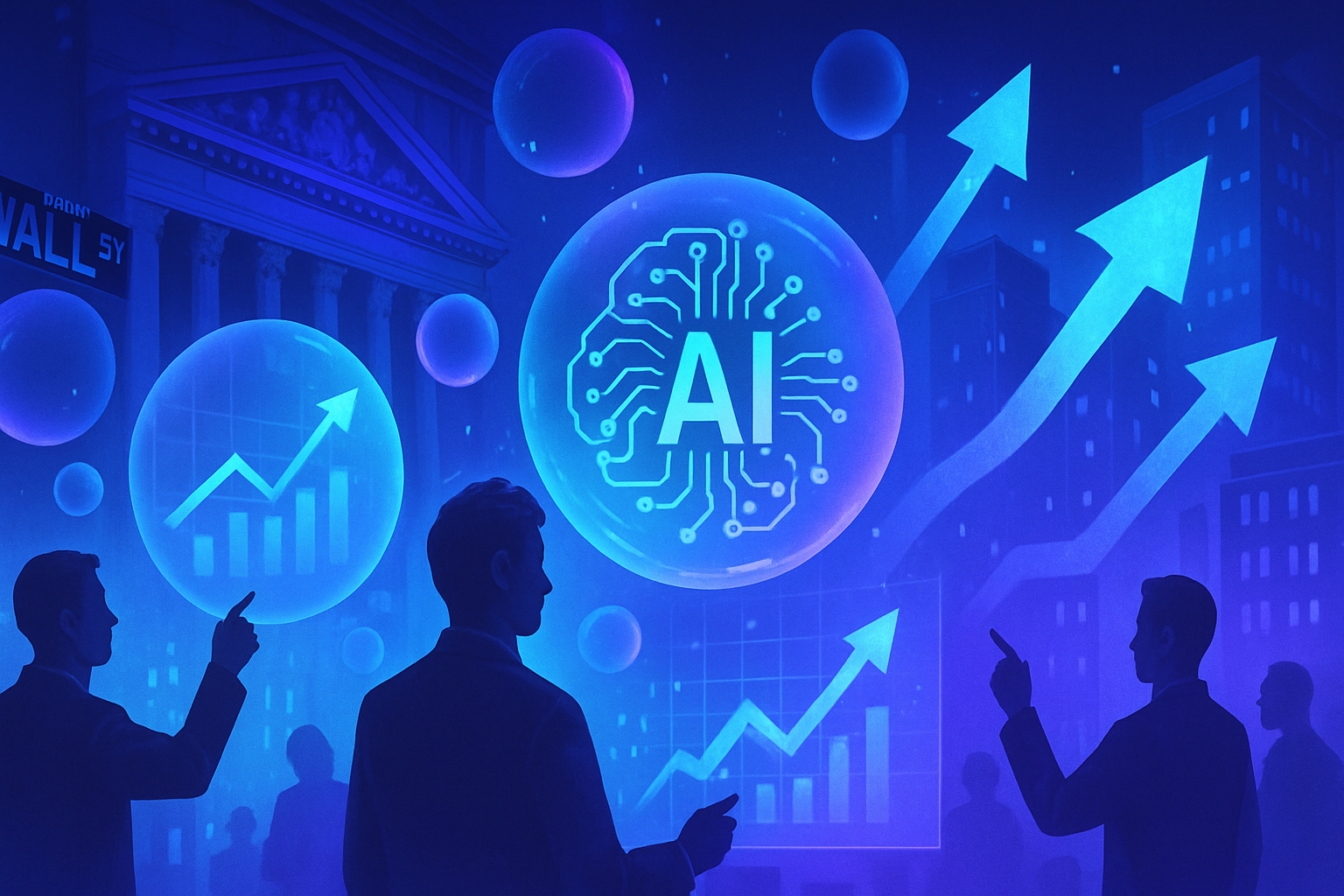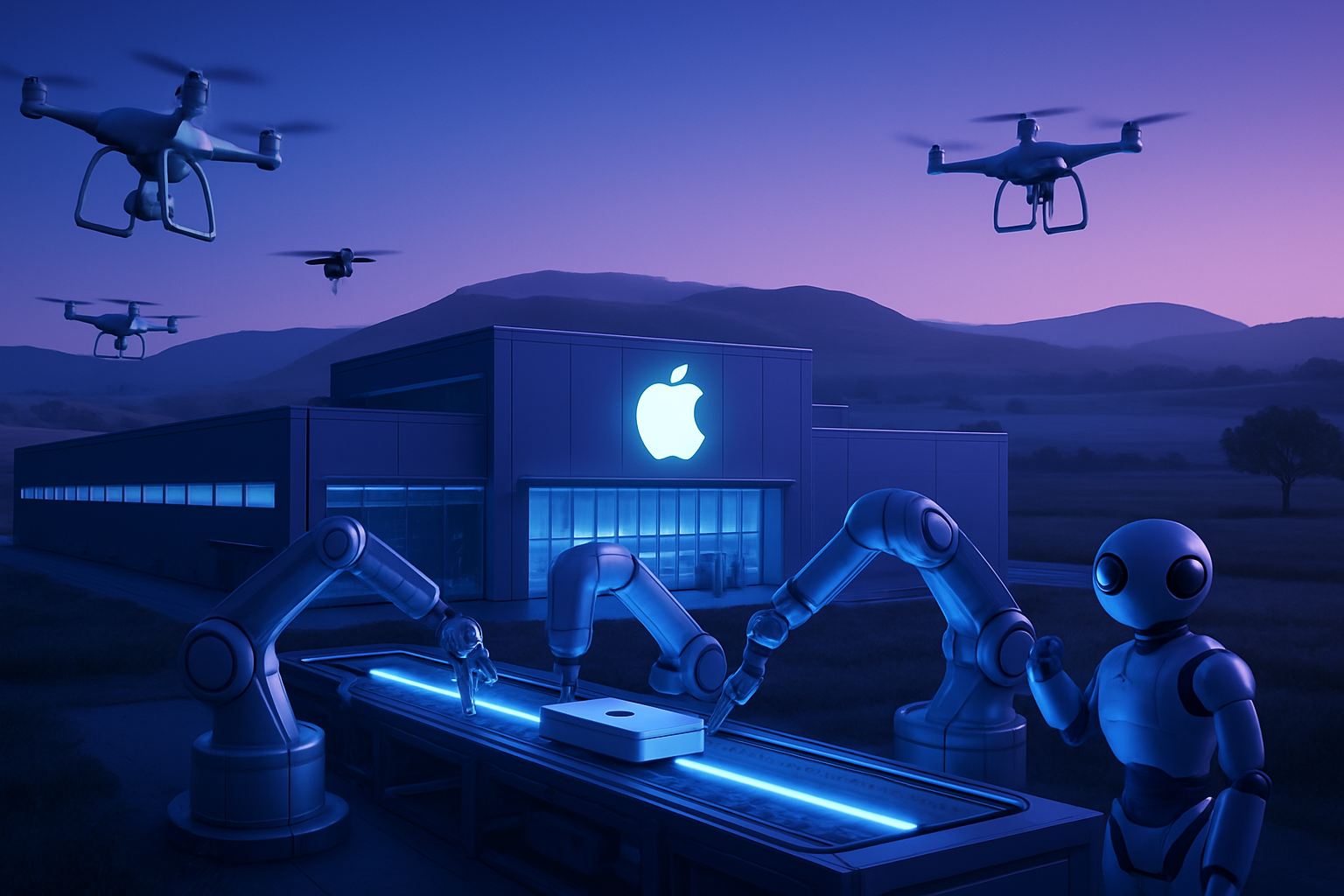Wall Street is perceiving troubling signs regarding the enthusiasm for AI. The meteoric rise of AI-related stocks raises increasing questions about its sustainability. JPMorgan’s warnings highlight a new concern: the speculative nature of this trend may obscure significant risks. Investors and companies are heavily investing, but alarming indicators suggest a potential bubble. The recent survey by Bank of America presents a disastrous assessment, identifying an “AI stock bubble” as a major threat.
Wall Street’s Warnings
Wall Street is restless with growing indications of a potential oversupply in the enthusiasm for artificial intelligence. After several months of record growth for AI-related stocks and unprecedented corporate spending, concerns are emerging regarding the precarious nature of this growing speculative bubble. Jamie Dimon, CEO of JPMorgan, recently expressed this caution, describing high asset price levels as “a category of concern.”
His observations underscore that even though consumers continue to spend and companies report profits, valuations and credit spreads appear stretched. Dimon’s statement, “When asset prices are high, the fall can be spectacular,” resonates with an alarm shared by other market players.
Investor Sentiment
A new survey on investor sentiment reveals an exuberance reaching extreme levels. The latest Bank of America survey, which questions nearly 200 fund managers managing almost $500 billion in assets, designated the “AI equity bubble” as the primary global risk. Liquidity levels have fallen to 3.8%, a threshold close to the historically observed sell zone of 3.7% during peaks in risk appetite.
Signs of optimism are also confirmed in institutional positioning data. State Street’s risk appetite index shows that professional investors are as optimistic as they have been all year, investing in riskier assets for five consecutive months. Nicholas Colas, co-founder of DataTrek, notes that without a major shock, their outlook will remain stable.
Alarm Signals
Correlations between sectors are experiencing a significant decline, reaching their lowest level since the beginning of the current bull market. Colas indicates that these “unusual” readings appear when investor confidence reaches excessive heights, often preceding short-term pullbacks.
Massive Investments in AI
Companies, recognizing this confidence, are ramping up their efforts and investing massively in AI. Google has announced an investment of $15 billion in India for the construction of its largest data center outside the United States. Other players like AMD have seen their stocks soar following a strategic partnership with Oracle.
Walmart has also unveiled a partnership with OpenAI, aiming to develop retail tools powered by AI. OpenAI is vigorously negotiating supply agreements with Broadcom, AMD, and Nvidia. This self-investment cycle could potentially amplify bubble risks, according to some analysts.
Implications for the Global Economy
Concerns about a potential market collapse are spreading among economic decision-makers. Central bank officials in Washington are worried about indicators of the bubble evidenced by the surge in AI-related asset games.
For more details on the current dynamics and economic risks, the story of NVIDIA and its exposure to China could shed additional light on the potential implications of this growing bubble. Assessing the effects of artificial intelligence on the global economic landscape remains a major concern. For deeper insights, you may consult analyses on the challenges associated with AI and financial bubbles.
Investors must remain vigilant, as signals indicating a possible speculative bubble are intensifying. The fundamental question remains: will we witness a rational rebound in the market or an explosion of this current euphoria?
Frequently Asked Questions About AI Enthusiasm and Wall Street’s Warnings
What triggered Wall Street’s warnings about the enthusiasm for AI?
Recent stock price increases for AI-related companies and corporate spending levels have raised concerns about a potential speculative bubble, according to financial analysts such as JPMorgan CEO Jamie Dimon.
How can we determine if we are truly in a speculative bubble regarding AI stocks?
Signs of a speculative bubble include excessive valuations, extraordinarily high investor confidence levels, and a concentration of investment in misleading assets, creating an increased risk of short-term correction.
What indications does the Bank of America survey provide about market sentiment regarding AI?
The latest global survey of fund managers by Bank of America identified an “AI stock bubble” as the primary global risk, indicating that cash levels among managers are turning at historically low levels, often associated with periods of strong risk appetite.
What are the risks associated with massive corporate engagement in AI?
Significant financial commitment to AI can increase pressures on stock valuations, making companies vulnerable to sudden corrections if profitability does not follow, especially during market downturns.
How can investors prepare for a potential correction in the AI market?
Investors should diversify their portfolios to mitigate risk, monitor market confidence indicators, and be cautious of asset valuations to avoid being caught in a bubble.
What role do large tech companies play in the evolution of the AI market?
Large companies, like Google and Walmart, are investing heavily in AI, further amplifying market enthusiasm and attracting new investors, contributing to the current speculative dynamics.






